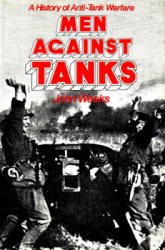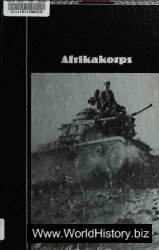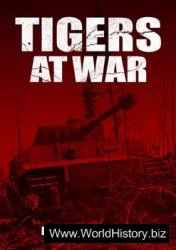Directed by Vannevar Bush, the Office of Scientific Research and Development (OSRD) became the chief government arm for mobilizing science and technology for World War II. Given unusual access and trust by President Franklin D. Roosevelt, Bush masterfully directed and defended OSRD, quickly making it a major element of the war mobilization effort.
While enjoying only about a third of the overall wartime research and development funds, the OSRD’s numerous projects nonetheless led to major inventions such as radar, radio-inertial navigation, new amphibious vehicles, the proximity fuse, mass production of penicillin, whole-blood substitutes, pesticides, and of course the atomic bomb. The OSRD was initially responsible for the “uranium” project, which rapidly became so large it was transferred to the U. S. Army Corps of Engineers’ Manhattan Engineer District in 1942—the Manhattan Project.
OSRD seemed a complete success, and Bush’s final report, Science: the Endless Frontier: A Report to the President on a Program for Postwar Scientific Research (July 1945), was a blueprint for instituting what some scholars have called the “permanent mobilization” of science and technology for the cold war. Bush also arranged for an extensive history of the OSRD to be written and published in a series of popular books, Science in World War II, by the Atlantic Monthly Press.
The OSRD was the successor of the National Defense Research Committee (NDRC), established by Roosevelt in June 1940 with Bush as its head. The NDRC’s membership, handpicked by Bush, constituted a who’s who of research and development in the United States: Karl Compton, James Conant, Frank Jewett, Conway Coe, Richard Tol-man, Rear Admiral Harold Bowen, and Brigadier General George Strong. In May 1941, the NDRC became the
OSRD, adding research in MEDICINE to its mandate. By the end of the war, the OSRD had spent half a billion dollars on some 2,000 contracts, with another $2 billion for the atomic bomb project.
Bush and his cadre of closest associates believed strongly in using existing private industrial and university capacities rather than creating new governmental ones. The leadership of the OSRD embodied or could easily tap the expertise and support of most major corporations and universities, had through Bush the sympathetic ear of the president, and found it relatively easy to impress even recalcitrant elements of the military services and congressional oversight committees. Bush and the OSRD were also adept at other, stronger organizational tactics that proved effective through the war but only partially so during reconversion to peacetime and the cold war. The result was a highly productive scientific discovery and invention machine whereby the 1,500 or so employees of the OSRD could contract for research of promising utility for the war effort, select out those elements best suited for quick development, and get hardware into production and troops trained in time to be useful.
While the postwar institutions connecting science and technology with the government and military would diversify from rather than simply imitate the OSRD, it remained the exemplar and model of a successful relationship. The thousands of scientists and engineers mobilized in support of the war effort on OSRD contracts, many of them young men (and a few women) whose conventional training or careers had been interrupted, emerged with fundamentally changed notions and expectations when it came to science, technology, and government. While many of their mentors returned to university life glad to be done with intimate contact with military and government bureaucracy, they became the senior statesmen of science and technology, eager to perpetuate many aspects of the OSRD.
The OSRD also changed the fundamental relationships and institutions by which the military and civilian national security apparatus uses science and technology and fosters its development. In this case, however, to Bush’s chagrin, science and technology units and advisory committees sprouted everywhere, in an undisciplined, decentralized, and duplicative manner. Finally, the atomic bomb project was only the largest and most unsettling of a host of OSRD-sponsored initiatives that had gone on hidden in secrecy from the institutions of democracy (even the vice president and most of Congress), that were based on esoteric and almost incomprehensible knowledge, and that produced powerful and sometimes terrifying weapons. As Congress and a new president emerged from the war, they had to face the problem of how the civilian trustees of democracy could manage a government dependent on things they could not themselves comprehend.
Further reading: Carroll W. Pursell, “Science Agencies in World War II: The OSRD and Its Challengers,” in The Sciences in the American Context, edited by Nathan Reingold (Washington, D. C.: Smithsonian Institution Press, 1979); Nathan Reingold, “Vannevar Bush’s New Deal for Research; or the Triumph of the Old Order,” Historical Studies in the Physical and Biological Sciences 17 (1987): 299-344.
—Joseph N. Tatarewicz




 World History
World History









